A stud, also known as a double ended bolt, Threaded rod, has a length of thread at both ends without head. One end of the stud must be screwed into the part with an internal threaded hole, the other end through the part with a through hole, and then screw on the nut to fasten the two parts into a whole. This type of connection is called a stud connection and is also a detachable connection. It is mainly used when one of the connected parts is thick, requires compact structure or is not suitable for bolted connection due to frequent disassembly.
stud can be classified into different types according to shape, material, diameter and strength criteria.
1. According to the shape, stud can be devided into Double Ended stud and Threaded Rod according to the shape.
Double Ended stud are the two ends of the thread in the middle of no thread stud, and the difference between ordinary bolt and double ended stud is that ordinary bolt have hexagonal head or any other shape of head, while double end stud generally have no head. Double ended stud are used to connect the fixed link function of the machine. The double-ended stud have threads at both ends, and there are different diamiters for the middle part of the stud. Generally speaking, the double ended stud used in mining machinery, bridge, automobile, motorcycle, boiler steel structure, hanging tower, long span steel structure and large buildings.
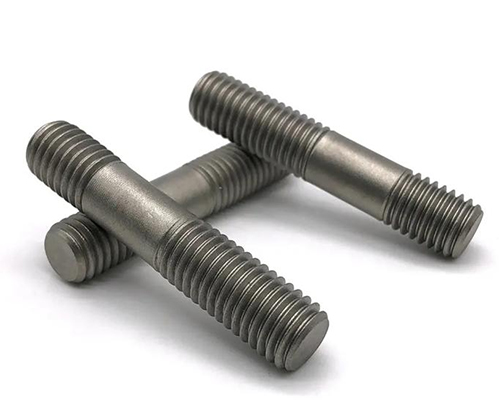
The other one cagegory is Threaded Rod, also known as threaded stud.It is a fastener with full thread on the threaded column and chamfered at both ends without a head. The threaded rod can be used for adjusting the thread stroke of the equipment and the direction of travel. It can also be used for the installation of the ceiling on the construction site. Different length of tooth rod was also used in the furniture industry in the early days.
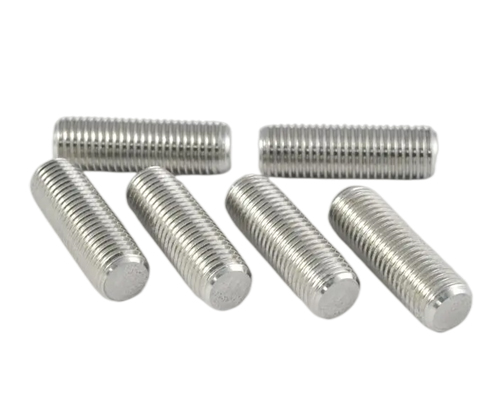
2. According to the material, stud can be devided into stainless steel, carbon steel,alloy steel,copper,and etc. Among them, stainless steel stud can be divided into 201 materials, 304 materials, 316 materials and special materials according to the chemical composition of stainless steel such as Ni.cr.C.u. Different materials have the corresponding ability to prevent rust and stretching ability.
3. According to the finishing, stud including galvanization, black, yellow and etc.
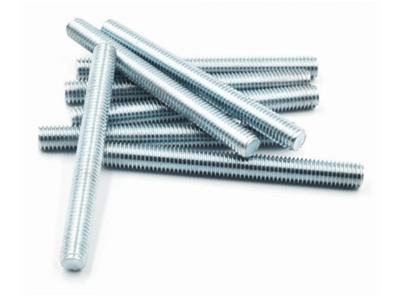
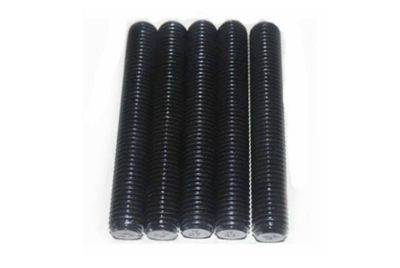
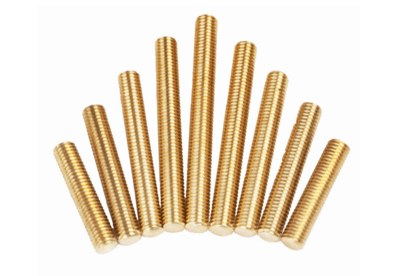
4. According to the diameter of the wire, stud can be divided into M4, M5, M6, M8, M10,..... All the dimensions can be made into different lengths according to different requirements. The length of conventional stud is 1 meter. It can also be customized according to customer requirements, such as 16*120,20*260 and so on.
5. According to the relevant standards, the performance grade of stud including 3.6, 4.6, 4.8, 5.6, 6.8, 8.8, 9.8, 10.9, 12.9 and other 10 grades, among which 8.8 grade and above bolts are made of low carbon alloy steel or medium carbon steel and have been heat treated (quenching, tempering), generally known as high strength bolts, the rest commonly known as ordinary bolts. The stud performance grade label consists of two parts, which represent the nominal tensile strength value and the flexure ratio of the material respectively.
Post time: Dec-23-2022
